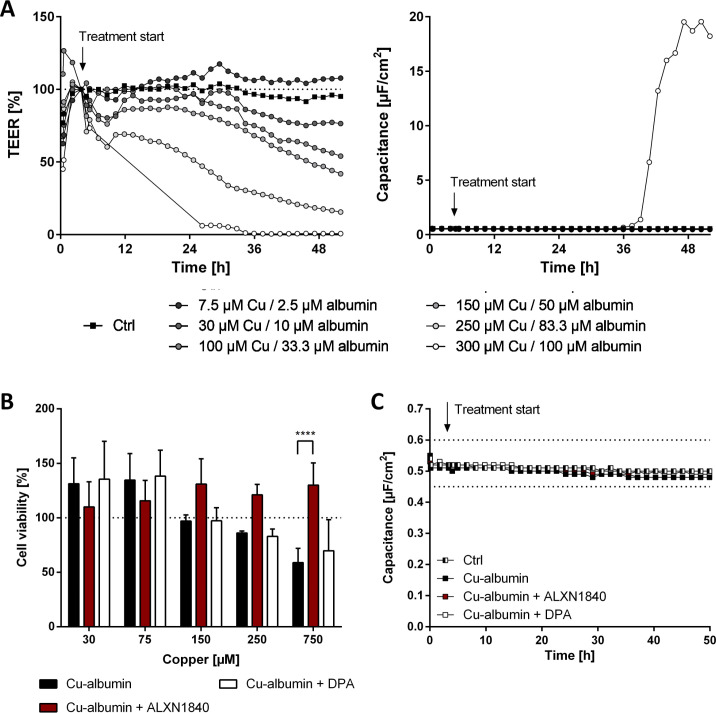Figure S5. Cu–albumin causes a dose-dependent leakiness of PBCEC monolayers already at non–cell-toxic copper concentrations.
(A) Exemplary curves of transendothelial electrical resistance (TEER) and capacitance changes of PBCEC monolayers in the presence of increasing Cu–albumin (Cu/albumin ratio 3:1 in all cases). Already low Cu–albumin concentrations cause progressive TEER decreases, whereas a capacitance increase, indicative of cell death, is only detectable at the highest tested Cu–albumin concentration. (B) Neutral red assay of PBCECs reveals no toxicity below 250 μM copper and 83.3 μM albumin upon 48 h of incubation. However, 750 μM copper (and 250 μM albumin) causes reduction in cell viability, which can be rescued by the presence of 750 μM ALXN1840 (N = 3, n = 12). (C) Capacitance values of PBCEC monolayers are unaffected by Cu–albumin treatment in the absence or presence of ALXN1840 or DPA (N = 2, n = 4).

